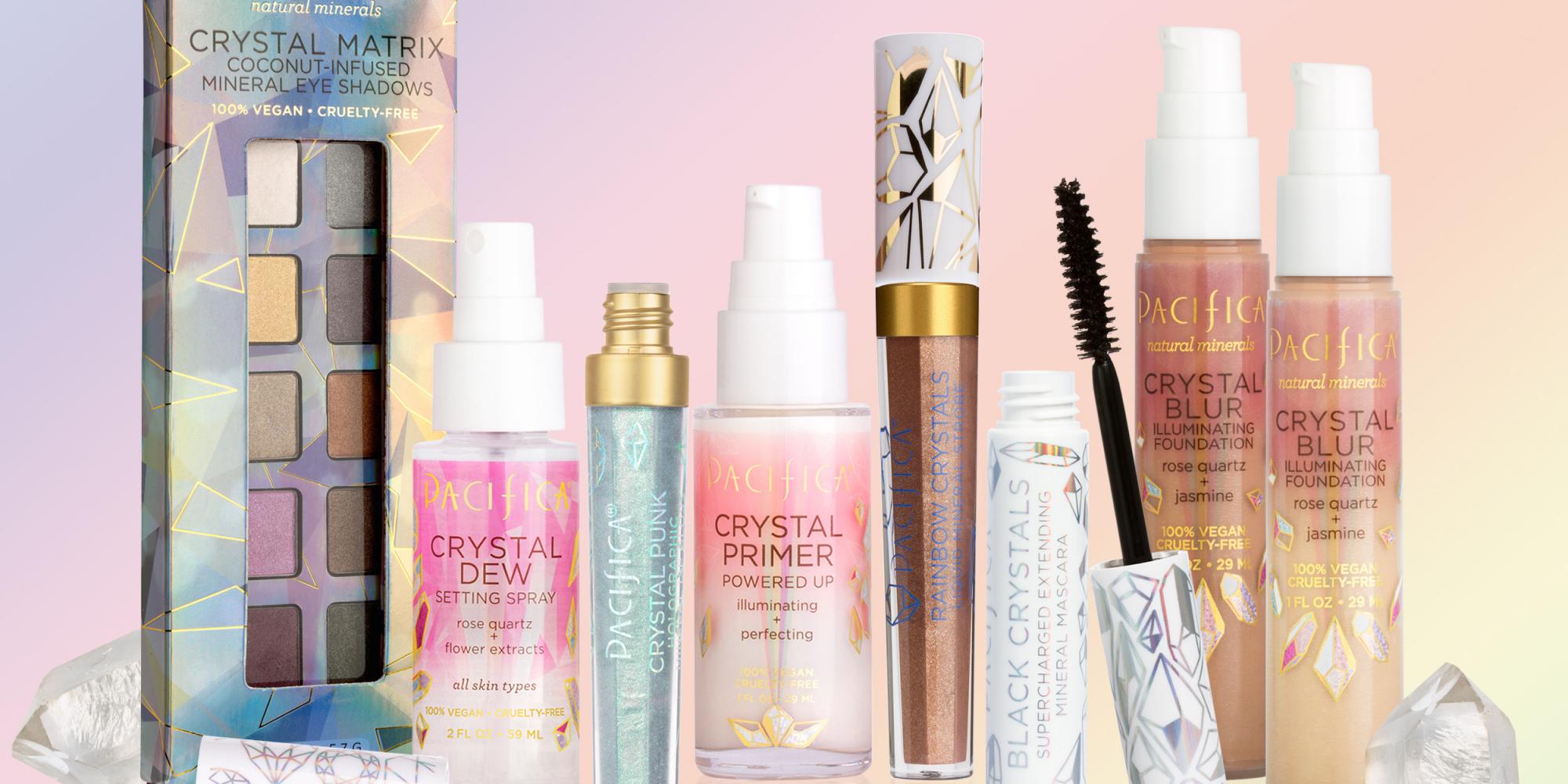
22-Year-Old Pacifica, The Natural Brand With Crystal-Infused Scents And Coconut Probiotic Sunscreen, Is Cooler Than It’s Ever Been
When Brook Harvey-Taylor started Pacifica in 1996, many of its current consumers weren’t born yet. The brand has managed to shift distribution from prestige to mass and expand into several categories – it’s gone from fragrance to body care, skincare, sun protection and more – while staying relevant to new generations. “I went to the Women’s March in LA right after Trump got elected. I was looking around and thought, ‘That sea of women right there, that’s our consumer,’” says Harvey-Taylor. “She’s out there, and she knows who she is. She’s brave, she’s smart, she’s fearless. She’s all these things that embody today’s young women.” Beauty Independent asked her to elaborate on messages that resonate with gen Z, the roots of Pacifica, the brand’s commitment to sustainability, its approach to taking on investment, and why her business doesn’t concentrate on a single hero product.
What led to the creation of Pacifica?
I feel like everything I did in my life before Pacifica was a preparation for our brand. It really informs our brand values, our mission, vision and how we are a brand in this world today. I grew up in a little town in Montana on a modest cattle ranch. My mom was a hippie and, in fact, she just dyed her hair pink again. She always owned her own businesses. She worked hard. She was an incredible role model. When I was young, she was diagnosed with an autoimmune disease. She became a natural food fanatic, and natural beauty beauty products were the only option she allowed. This would’ve been in the ’80s and, back then, choices were limited. I remember begging her to buy me makeup at drugstores, and I have clear memories of watching her reading the ingredients and refusing to buy things for me. Her intensity about what we ate and what we put on our skin was really formative for me.
I wound up working in the natural foods co-op because of her. Later, I apprenticed with an aromatherapist/crystal healer. I learned all about natural oils and became really focused on perfuming. I started creating my own perfumes and all these little tiny perfume brands that I would sell at local fairs in Eugene, Ore. I met my then boyfriend, now husband Billy, who is my business partner as well. We started a home goods company, and we made furniture and bedding that we sold at gift fairs. At one show, I decided to bring perfumes and candles. We sold $70,000 worth of candles and perfumes, and we were like, “Oh my God, what just happened?” That was really the beginning of Pacifica. It wasn’t something that started slow, and we grew into it. It just exploded immediately.
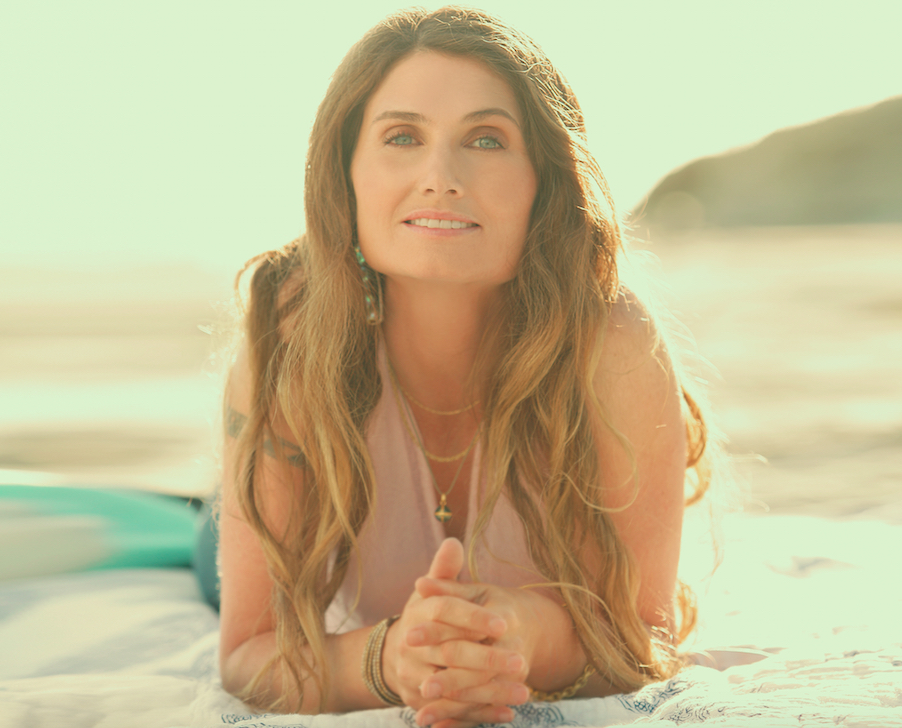
What products did Pacifica start with?
It was seven perfumes and seven candles. We basically funded the brand on credit cards, savings, and my mom and Billy’s mom were our first investors. Fortunately, we lived in Portland, Ore., and it was super affordable. That’s where the brand started and where the brand still is. The perfumes didn’t do very well, honestly, and trickled out of the brand. I would say we were early to market with boutique perfume. It just didn’t exist. There weren’t retailers for it. We started building body products – body butters, body gel and soap – and, then, started dabbling in skincare. Several years later, we did a big relaunch of the perfumes, and that’s when they really took off. We probably had 20 fragrances at that point.
Pacifica was sold at Sephora almost a decade ago. What happened?
It’s interesting to see Sephora get back to green beauty. We were one of the brands to launch with a green initiative they did several years ago. That initiative was too early, and it was met with some resistance. I think it was a tougher road than Sephora had imagined at the time, but Sephora gave me one of the most incredible educations I’ve had in beauty. The buyers at Sephora were amazing and really taught me about what it was like to partner with a massive retailer. To me, it was almost like business school.
What occurred with Pacifica’s distribution after that?
We had been partnering with Ulta toward the end of our relationship with Sephora. Ulta proved to be the ultimate partner based on their true understanding of our points of difference. Also, Target was interested in partnering with us. I just felt like with the amount of investment it took for us to be in Sephora, when we had these other retailers that aligned with our brand vision for accessibility, that creating more of a mass position for our brand seemed like a better path. We made the decision to move into Target and Ulta in a big way, and move out of Sephora. In 2014, we also launched a collection in all doors at Target, including our new color. Target was leaning into their natural set in a big way. Target launched their Made To Matter program, which further solidified their position in natural beauty, and we were an important part of that. It also helped skyrocket our growth at Target. For us, we always want to be where she was shopping, and our customer is at Ulta and Target. Our buyers are our partners, and we treat the relationship that way.
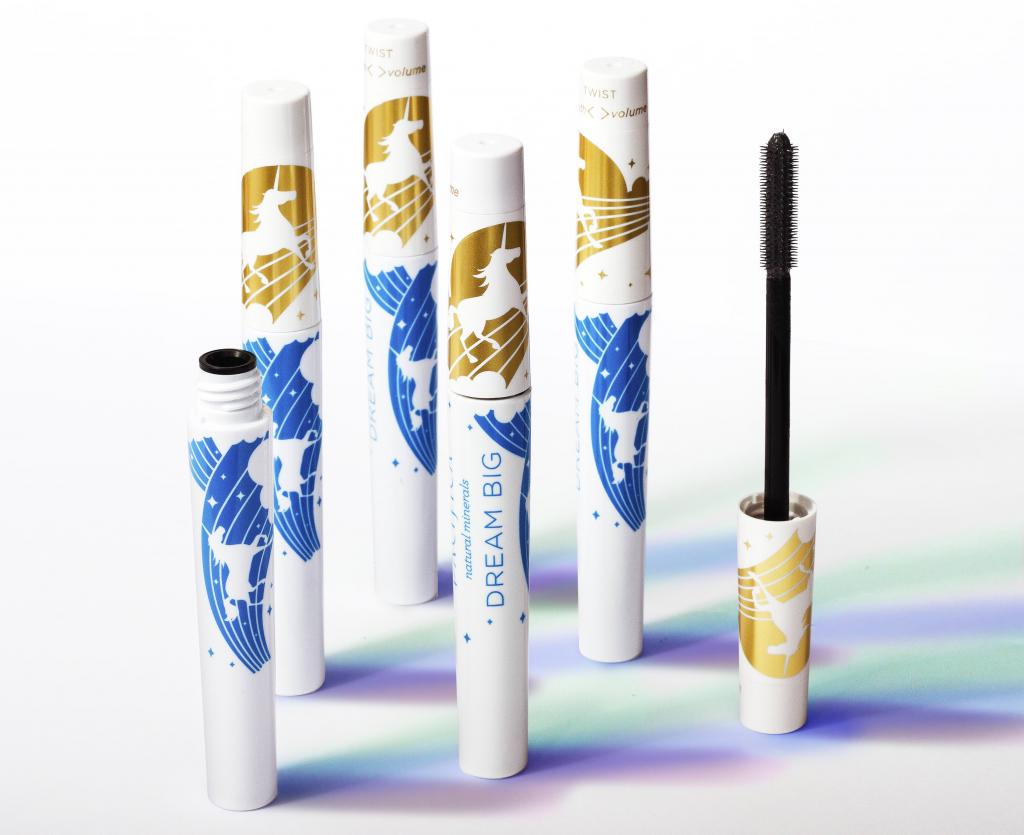
You mention the brand moving in a mass direction. However, it’s packaging still retained a prestige look. Do you see the brand as prestige?
I always saw us as a prestige beauty brand that had affordable prices. For the customer, I don’t really see a big division between mass and prestige beauty, even though it’s still treated like that at retail. I wanted to create a brand that had really great ingredients, was vegan and cruelty-free, but that also was affordable. I think that everybody should have access to the best ingredients, the best products. I learned really quickly as a formulator how much things cost, what margins were, how to get smart about being able to create what I wanted to create, and what I wanted to use. To this day, there’s nothing in our product line that I would not use. It’s not like I said, “OK, here’s our business plan. We’re going to be a mass brand, and we’re going to do this and that.” My vision initially was that the brand could live in Whole Foods. Sephora, honestly, was this gift that happened. It was great position for our brand that prepared us for our future retailers, Ulta and Target, where our customer is much better served.
The launch into Target must have required a big investment. How did you handle that?
The year we launched into Target, which was an all-door launch, we knew we needed money. We applied for a loan from the U.S. Small Business Administration and ended up winning its National Small Business Persons of the Year award. We also won an entrepreneurs of the year award in Oregon that year. We brought the Small Business Administration our business plan, our past history and our future plan. That was a moment that really galvanized us as a brand and as leaders. We learned a lot about finance. We were able to get the loan without having to lose any equity in our company or take on private equity investors when we weren’t ready. We continued owning 100% of the business. It wasn’t until two years ago that we took on a minority private equity partner for the first time ever in our 22-plus years.
Alliance Consumer Growth is Pacifica’s investment partner. Why did you choose to partner with the firm?
The last five years have just been tiger-by-the-tail growth for us. We decided that we wanted to bring on a partner, not just for help with the financial side of the business, but also for the leadership side of it. We began a really small search, and we chose a group of private equity partners that we would be interested in working with. We worked with a really great banker, Venette Ho at Financo in New York, and she’s actually become a good friend of mine. She knows so much about the industry. I learned so much from her about what it means to take on an investor, and the value they can bring or not bring. We decided we definitely didn’t want to give up more than a minority.
We wound up meeting Julian Steinberg with ACG and his partner Josh [Goldin]. They’re a really different kind of investment group, and they were the partners we needed. They really understood me and my vision. They really wanted to help us not just with finances, but help us understand how to grow this brand and how to create a sustainable business. They’re not the private equity group that’s like. “What’s your hero product? Let’s build on that and blow it up.” They’re much more interested in: What is the brand is about? What are your goals? What is your mission? How do you stay true to that and communicate that?
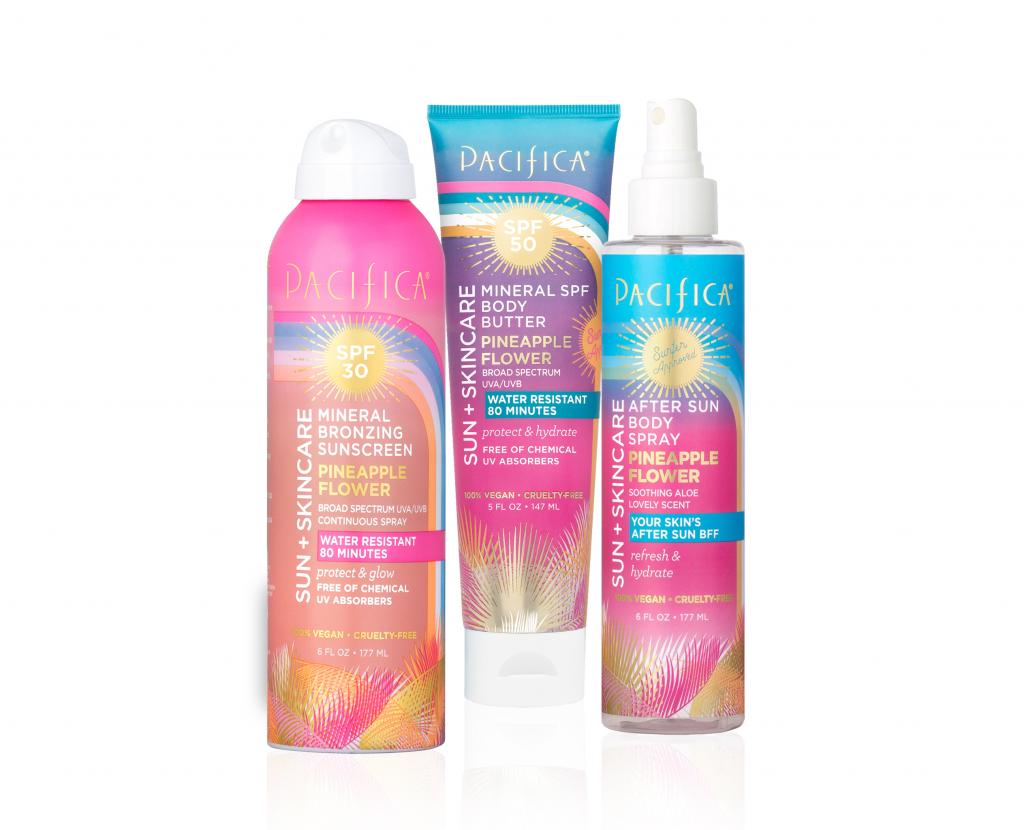
Is there such an intense focus on a hero SKU?
When we were interviewed by private equity groups, a lot of them said, “Your hero SKU should be 30% of your business.” It was very much a numbers game. That isn’t where I’m at as a brand. For me, it’s not about profitability. It’s really about serving our consumer and creating products that I believe in. Even though we are profitable, we’re a really healthy brand, and our growth is insane, we had a different story to tell investors. ACG understood that and got behind it.
Originally, Pacifica may have been known as a perfume brand, but it’s definitely not defined only by perfume today. Can you elaborate on its category presence?
We are definitely not just a perfume brand at this point. Our biggest category is skincare, followed by makeup. Perfume is still a really important part of what we do. We still do a lot of business in fragrance, and we’ll continue to launch new fragrances. This last year, we launched our Aromapower collection of crystal-infused fragrances at Ulta. They’ve been doing incredibly well. I bring aromatherapy and aromatherapeutic benefits, mentioned or not, into all of our skincare. When we ask our consumer what they love about the Pacifica, one of the number-one answers is the way it smells.
What’s Pacifica’s customer demographic?
We’ve continued to serve a demographic that’s discovering the brand. So, she’s young. Our core demographic right now is 18 to 35. We are in this really cool position where we get to keep developing this younger consumer while we keep our consumer who’s been with us forever. I have a daughter who’s almost 17. She’s grown up with the brand, and she’s like, “Whatever, this is what my mom does.” She was just away at camp this summer in San Francisco, and she calls me and says, “Oh my gosh, everyone here loves Pacifica. Will you bring me a big box when you come to visit?” That’s such a win because I love that all these young women at this camp are talking to her about Pacifica, and they love the brand.
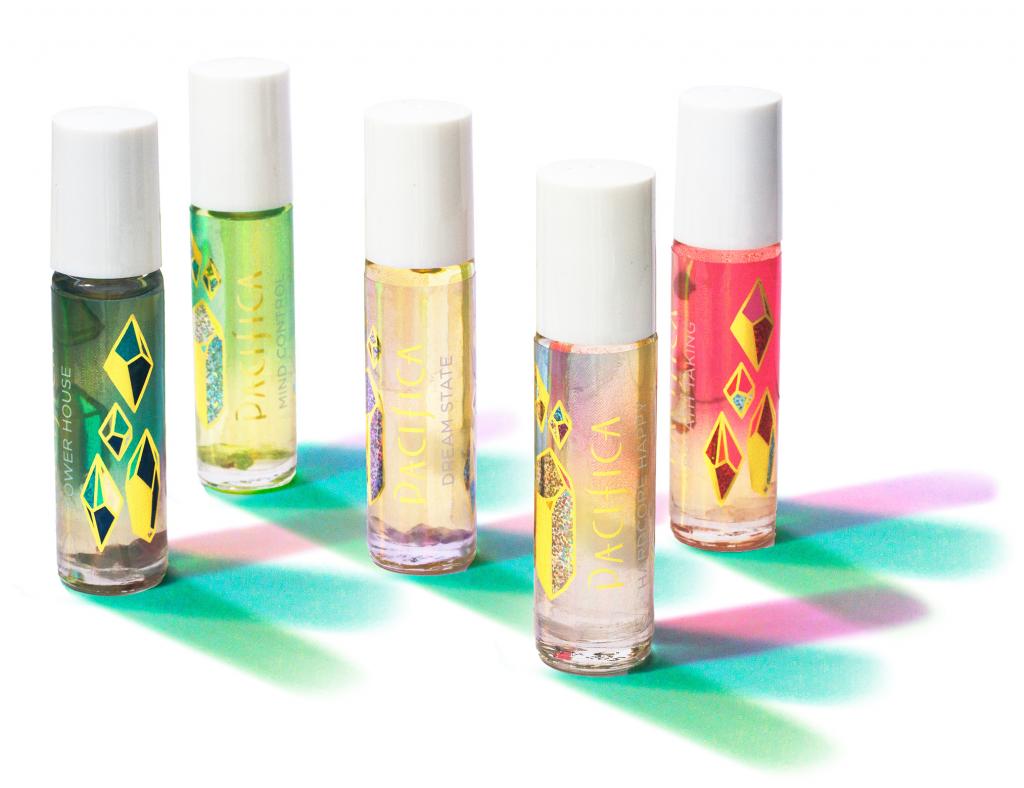
What do you think drives young consumers?
My daughter and her girlfriends are feminists. They’re thinking about women’s issues. They’re thinking about the earth. It wasn’t until I was older that I was really thinking that way. I get a group of her friends together, and I’m always picking their brains about [various topics]: Who’s your favorite YouTuber? What’s meaningful to you? When I’m in a room with six of these young women, I’m just honored and in awe. There are so many times I think, “You guys are going to make some huge changes on this planet.” And I think they represent the consumer in general. When I get on our Instagram and read what our consumer is writing, she’s so informed about ingredients. She’s so thoughtful about what she’s using. She is not putting up with crap.
At Pacifica, we have focused a lot on not preying on women’s insecurities through beauty. Brands that talked about ingredients preyed on women’s fears [as well, saying,] “We don’t use these thousands of ingredients and other brands do.” Neither is really appealing to me. For me, it’s much more about giving her what she needs, doing it the best we can, and really being conscientious of ingredients. I think that marketing can be so off-putting to young women. They’re onto what’s being served up to them. They’re smart, and they’re really paying attention to things.
Pacifica has introduced a recycling program in partnership with Preserve. Why did you want to do that?
As brands, it’s really important we measure everything we’re doing against sustainability at this point. I think that running on just the pure profit position was a luxury that we had, and I don’t think we have that anymore. Honestly, it wasn’t a luxury. It was wrong. We’ve been really careful to measure our profitability against our mission, vision and values, and not lose sight of that. Our core value is compassion for women, animals and the planet. As we’ve grown, we need to think about this bigger. We need to make changes as an industry. I’m not saying we’re perfect or that we’re doing everything right. We’re doing our best, and we’re shifting and making sure that we’re paying attention to what it means to be sustainable.
For our recycling program, it was really important to create an avenue to recycle number 5 plastic and to make it easy on the consumer. We show the plastic lifecycle. You send our number 5 back to us. We work with Preserve, so that they get the plastic, and they make it into a razor or a toothbrush. Then, you can buy a razor or toothbrush from us. You can get it with your loyalty points that you gained by recycling. We’re really trying to incentivize serving the planet.
What’s your merchandise planning strategy?
We really come ready to our buyers and say, “This is what we’re seeing as a white space, and this is what we’re excited about. How can we partner on this?” Sometimes, it means we launch a new category. Sometimes, it means we launch two SKUs. Sometimes, it means we launch 30 SKUs. It’s really varied. It really depends on what we’re ready to do, what our retailer’s ready to do, and if we can be innovative. Sun was an example of us sitting down with our retailer and our incredible buyer at Target, who was like, “Have you thought about sun?” I was like, “Yes! I am a surfer. I’ve developed these sun care products already. I’ll send them to you to try them out.” We saw a moment where we could bring something extra to sun care, and we launched the sun care line.
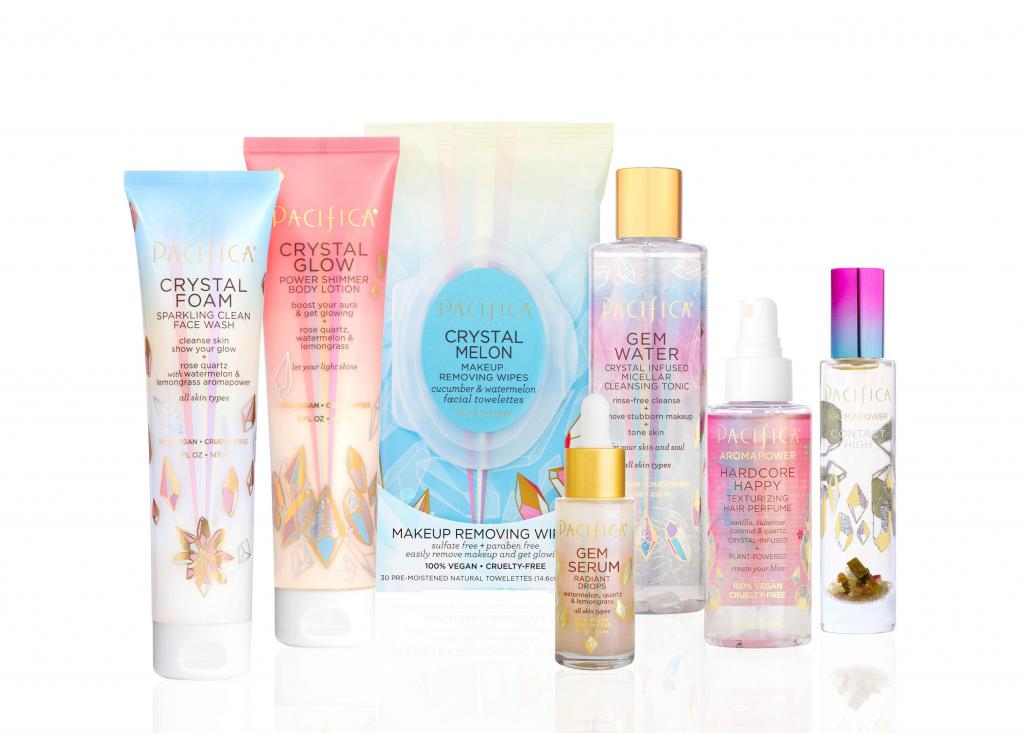
What are growth and expansion opportunities for Pacifica now?
Right now, our opportunities are in Target and Ulta for growth and expansion. That’s been our big focus. We’ve grown in those retailers by really leaning in, listening to our buyers and partnering with them closely. I would add Whole Foods to that as well. Whole Foods has always been an incredible partner for our brand. Outside of that, we’re looking at international right now and thinking about how our brand grows internationally, whether it’s the EU or Canada. That’s a big initiative for 2019.
When you take on an investment partner, there are expectations for returns. Do you envision Pacifica as part of a larger company in the future?
A lot of brands want to pump themselves up and sell. I spoke [on a panel at] Indie Beauty Expo’s conference the year before last. I had a line of people at the end that wanted to ask me the question, “How do I blow my brand up and sell it?” I was like, “Whoa, that’s where people are at? That’s not where I’m at.” That’s not what my plan has ever been, to just blow this brand up and sell it. We’re trying to grow this brand in a sustainable way, and I don’t know what’s going to happen in the future because I see the beauty industry as changing so quickly. I think we’re really open to what our future holds, and how we may or may not partner with someone. I would like the brand to be a true legacy brand that’s going to be around for the next 25 years, that’s in everybody’s cabinets, and that’s a brand people trust.




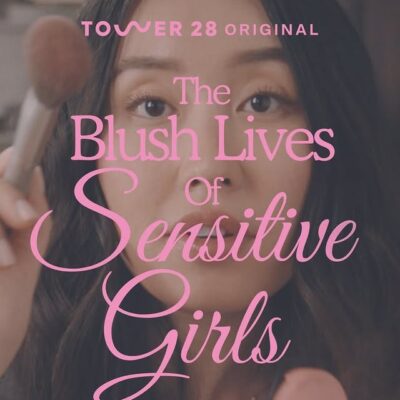
I love them and can’t find them anywhere now.
No blurbs online saying they were discontinued either. 🙁